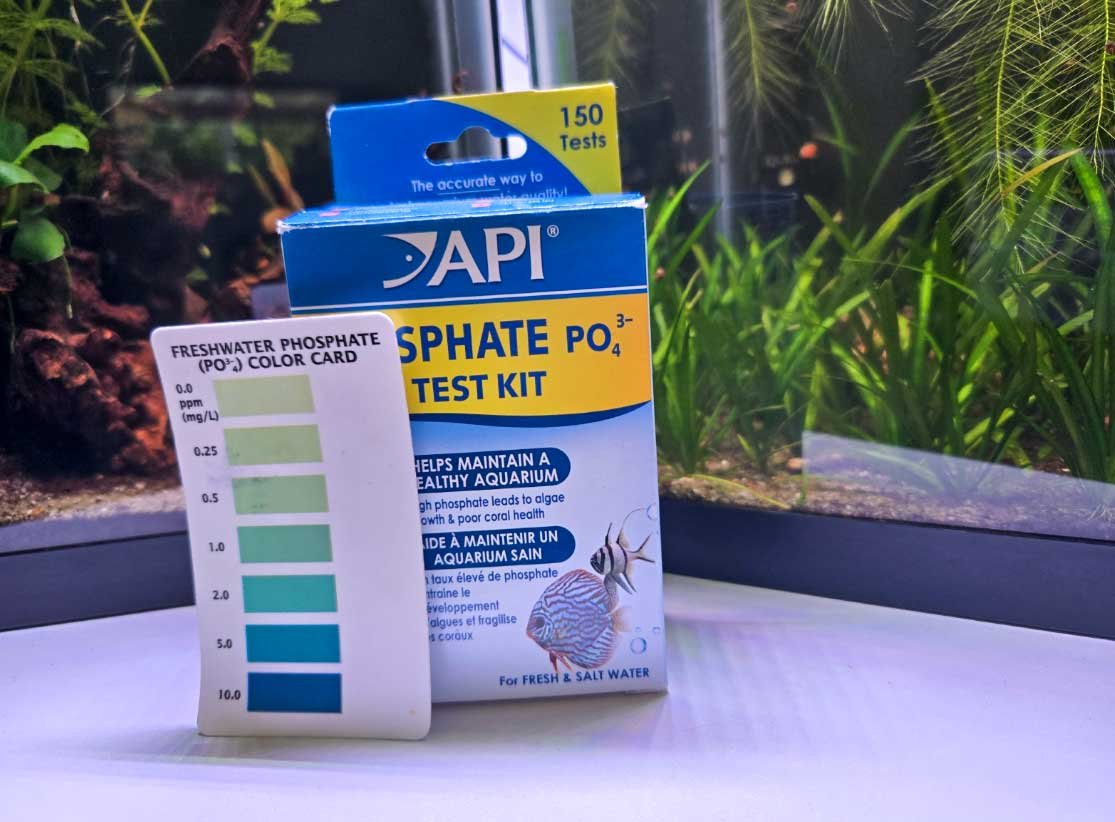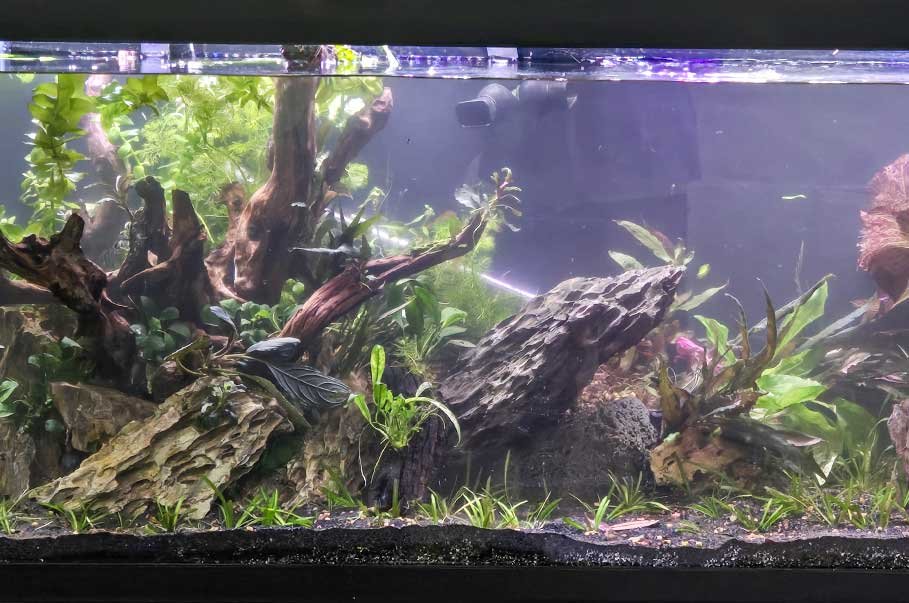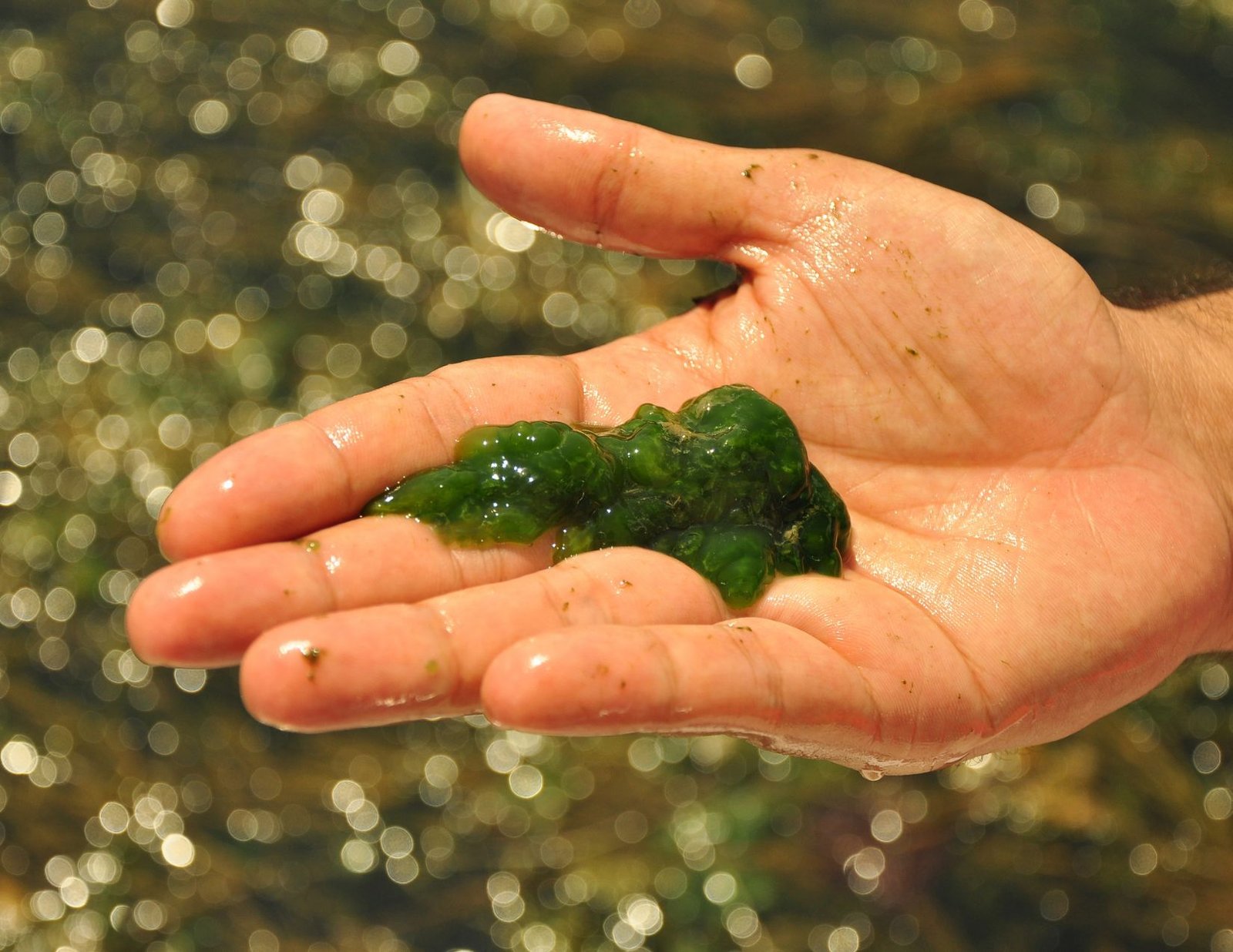
How to Reduce Phosphate in Aquarium: A Complete Guide to Cleaner, Healthier Tanks
Maintaining a clean and balanced aquarium isn’t just about crystal-clear water—it’s about chemistry. And one of the most sneaky and persistent issues aquarists face is high phosphate levels. I’ve dealt with it in all my freshwater tanks, and let me tell you—if you’re seeing algae blooms or struggling with water clarity, phosphates might be the invisible enemy.
In this guide, I’ll walk you through exactly how to reduce phosphate in your aquarium, step by step. You’ll understand where phosphates come from, why they’re problematic, and most importantly, what you can do to control and prevent them long term.
1. Introduction: Why Phosphate Matters in Your Aquarium
Phosphates (PO₄³⁻) are one of those things you don’t see until your tank turns green overnight. While they’re not inherently toxic to fish, they fuel algae growth like gasoline on fire. High phosphate levels lead to:
- Explosive algae blooms
- Cloudy water
- Unhealthy plant growth
- Reduced oxygen levels
- Imbalanced water parameters
Even if your fish seem fine, an unchecked phosphate problem can spiral quickly, especially in planted tanks. Knowing how to manage fish tank phosphates is essential to long-term aquarium health.
2. What Is Phosphate and Where Does It Come From?
Phosphates occur naturally in all aquatic environments, but in closed systems like aquariums, they build up faster due to several common sources:
Main phosphate sources in aquariums:
- Uneaten fish food (especially flakes and pellets)
- Fish waste
- Decaying plant matter or dead organisms
- Tap water with phosphate-based additives
- Activated carbon with phosphate binders
- Overdosing fertilizers or additives
Basically, anything organic that breaks down can release phosphate into your water column.
3. Signs Your Tank Has High Phosphate
You won’t always notice it right away—but there are telltale signs your tank has too much phosphate:
- Green water or surface slime
- Persistent algae on glass, plants, or decorations
- Stunted or discolored plants
- Cyanobacteria outbreaks (blue-green “algae”)
- Reduced water clarity despite filtration
To be sure, use a phosphate test kit. Look for values below 0.5 ppm in freshwater tanks. If the levels are high, you will need to lower the phosphate.
4. Why Excess Phosphate Is a Problem
Unlike ammonia or nitrites, phosphates in aquarium aren’t directly toxic. So why are they such a big deal?
Here’s what happens when phosphate builds up:
- Algae takes over, outcompeting live plants
- Photosynthesis increases, leading to pH swings
- Oxygen crashes at night as algae consumes it
- Aesthetic issues like murky water and scummy surfaces
It’s not just about looks—phosphate destabilizes the entire aquatic system over time.
5. How to Reduce Phosphate in Aquarium (Step-by-Step)
If you’ve confirmed high phosphate levels, it’s time to take action. Here’s a step-by-step approach that I’ve used across different tanks to lower phosphates in fish tank:
Step 1: Test Your Water
Use a reliable phosphate test kit (Salifert, API, Hanna). Check:
- Tap water
- Tank water
- Before/after maintenance
If your source water is high in phosphate, you’ll need to treat it before it even enters the tank.
Step 2: Cut Back on Feeding
Overfeeding is the #1 cause of phosphate. Try:
- Feeding only what fish consume in 1–2 minutes
- Skipping one day a week to “reset”
- Switching to higher-quality, low-phosphate food
Low-phosphate food Suggestions
Tetra Goldfish Flakes, Tetra RiverShrimp ,TetraMin Nutritionally Balanced Tropical Flake
Step 3: Vacuum Substrate Regularly
Uneaten food and decaying matter hide in gravel. Gravel vac weekly during water changes.
Step 4: Remove Decaying Plants and Debris
Dead leaves = phosphate factories. Trim, clean, and stay on top of tank hygiene.
Step 5: Increase Water Changes
This lower phosphates in fish tank. For high levels, try:
- 25–50% water changes weekly
- Using RO/DI water instead of tap
6. Chemical Solutions: GFO, Resins, and Phosphate Removers
How to reduce phosphate in aquarium?.Sometimes manual methods aren’t enough. That’s when chemical filtration becomes your best ally.
✅ Phosphate-absorbing resins
Many filter media brands offer phosphate sponges/resins.
- Easy to use in hang-on-back or canister filters
- Good for small to medium tanks
✅ Liquid phosphate removers (e.g., PhosGuard, Seachem PhosBond)
React with phosphates and precipitate them out. I reccommned Seachem PhosGuard
⚠️ Always dose carefully to avoid shock or cloudiness.
7. Natural Methods: Plants, Macroalgae, and Maintenance
Nature gives us some elegant ways to control phosphate in aquarium—especially in planted tanks.
Live Plants (Freshwater)
- Fast growers like hornwort, water wisteria, duckweed
- Compete with algae for phosphate
Algae Scrubbers
- Encourages algae growth in a controlled space
- Removes phosphate by harvesting the algae regularly
8. Long-Term Prevention Tips
Controlling phosphate in aquarium is about consistency, not just one-time fixes. Here’s what works long term:
- Test phosphate monthly
- Avoid overstocking
- Use RO/DI water
- Clean filters and media regularly
- Use GFO or phosphate pads proactively
- Trim dead plant matter weekly
Make phosphate control a routine part of your aquarium maintenance.
9. Common Mistakes to Avoid
Learning the hard way isn’t fun—here are key pitfalls to skip:
- ❌ Relying only on water changes
- ❌ Feeding too often or too much
- ❌ Ignoring dead plant material or fish waste
- ❌ Using tap water without testing
- ❌ Waiting too long to act on algae growth
Being proactive beats reacting to a green tank disaster.
10. Final Thoughts: Balancing Your Tank for Success
Reducing phosphate in an aquarium isn’t about perfection—it’s about balance. You’re never aiming for zero, just keeping levels low enough that algae can’t explode and your livestock thrives.
With a bit of routine, the right tools, and some understanding of your tank’s unique needs, phosphate in aquarium becomes just another manageable parameter in your aquatic ecosystem.
Keep lower phosphate in fish tank, stay consistent, and you’ll have clear water, vibrant plants, and healthier fish for the long haul. Trust me—it’s worth the effort.


